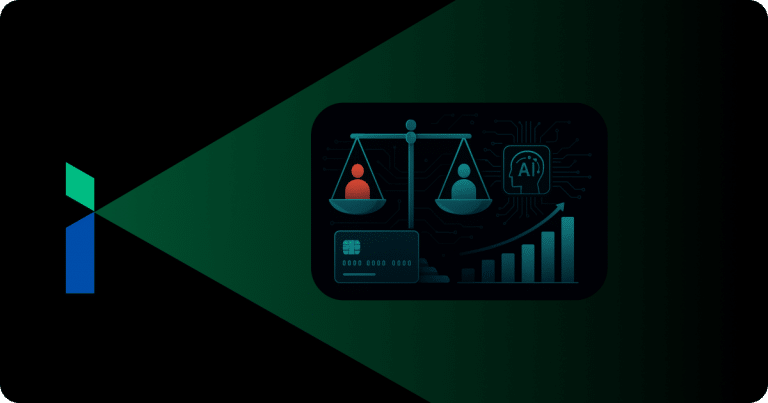Overview
- Introduction to the fintech ecosystem in India
- Rise of Digital Banking and Cashless Transactions
- Explosion of Embedded Finance Solutions
- Era of Decentralisation
- Open Banking
There is a growing trend toward people managing their money and business online rather than putting up with the glacial pace, red tape, and bureaucracy of traditional financial institutions.
The fintech sector is booming, with traditional financial institutions ramping up their investments in financial technologies to usurp startups and deliver financial services faster and more efficiently.
“The global Fintech market is expected to grow exponentially and reach a colossal market value of approximately $324 billion by 2026. Here is a comprehensive list of significant trends that will shape and define the industry’s future”
Here are the top trends in fintech that we need to watch out for
Rise of Digital Banking and Cashless Transactions
In the field of personal finance, consumers are increasingly seeking seamless, unrestricted and simple access to their bank accounts on their smartphones. There is fierce competition among traditional banks and financial institutions to integrate their products and services into mobile banking and provide seamless user experiences.
With the unprecedented rise of digital-first banks and Neo-banks, traditional banks and financial institutions are racing to develop mobile banking applications as well as provide periodic updates to increase efficiency and effectiveness in their pursuit to supplant the competition faced by its new adversaries in the form of these neobanks.
With low fees, convenient mobile banking and an enhanced customer experience, Neo-banks are attracting customers in droves, taking an unassailable lead over traditional banks.
Panademic has given digital transformation in banks a big boost
In this pandemic-stricken economy, the desire for cashless transactions is slated to rise, opening a world of opportunities for digital wallet providers. ACI Worldwide reports that more than $70.3 billion in real-time payments transactions were processed globally in 2020, up 41% over the previous year.
Digitally linked transactions not only increase transaction volume, but also serve as a repository for business data. Using the information gathered and compiled, new services can be developed. Consequently, new revenue streams are generated, unlimited data offers are offered, and cost-effective business setups are established.
Post offices will be an integral part of the core banking ecosystem under Budget 2022. This will propel the long-held objective of the government of financial inclusion and account accessibility via net banking, mobile banking, ATMs as well as online funds transfers between post office accounts and bank accounts.
This will be especially beneficial to farmers and senior citizens in rural areas as India Post is the most widely distributed postal system in the world, with offices in the nooks and crannies of the country, thereby enabling interoperability and financial inclusion.
The move would allow unbanked customers to receive direct transfers of government subsidies thereby bringing them into the formal banking ecosystem.
Explosion of Embedded Finance Solutions
The concept of embedded finance or embedded banking refers to the seamless integration of banking services and financial solutions into a traditionally non-financial platform.
Embedded finance has been a growing trend in the past years as numerous banks look to become service providers to non-bank and non-financial institutions to deliver a customer experience and service proposition involving financial services as a significant component of a larger offering. Financial services are increasingly being integrated into the portfolios of non-banks and non-financial institutions.
For customers, this means getting access to financial services offered by banks from the platform itself. This may also mean making payments at the touch of a button, leading to faster checkout and settlement process thereby providing an unmatched payment experience.
The increasing demand for embedded finance has led financial institutions to offer banking as a service, often white-labelled or co-branded with a larger offering, so that customers can make payments, secure a loan to purchase something on an eCommerce website, and take out insurance to protect their products against unforeseen risks, anything that nonbanks or nonfinancial institutions can offer to their customers in order to meet their financial, lending, and payment needs, which are included as an integral part of a customer experience involving a larger offering.
Last year saw the illustrious boom of Buy-Now-Pay-Later offerings from companies like Simpl and Postpe that offers easy instalments for buying particular merchandise while shopping online.
This trend is well-positioned to grow exponentially as more and more banks and financial institutions explore opportunities to become service providers to the non-banks and non-financial companies.
Era of Decentralisation
Most of the functions of banking, lending, and trading are managed and governed by centralised systems operated by governing bodies and gatekeepers today. Historically, customers have been forced to deal with a variety of financial middlemen to gain access to banking products and services such as mortgages, auto loans, equities trading, etc.
Due to this, customers have fewer avenues to access banking and financial services directly. They cannot bypass middlemen like banks, exchanges and lenders which earn a small commission on every financial and banking transaction as profit. It is a pay-to-play game for all of us.
The concept of decentralised finance is an emerging technology that uses blockchain technologies to recreate financial services, typically Ethereum and smart contracts. With DeFi, users are able to carry out a variety of financial transactions, such as transfers, lending, investing, trading or saving, without the permission of companies whose interests may not align with theirs.
With DeFi, centralised financial systems are threatened by eliminating the need for intermediaries and middlemen to facilitate banking and financial transactions. Instead, people can transact directly by bypassing the middlemen via peer-to-peer exchanges.
Increasing adoption of cryptocurrency, tokenization, and non-fungible tokens have boosted the market. Blockchain technology and digital currencies gained massive traction last year as banks explored their potential.
Due to the growing popularity of cryptocurrencies, central banks are exploring the possibility of launching their own centrally-backed digital currency. Financial institutions are expected to build more solutions around Blockchain in 2022 as mainstream adoption continues.
Open Banking
A bank has always been a repository for customer information and had an indelible monopoly over it. They not only gathered and collected financial information by purviewing the transaction history of the customers but also hold intimate personal information such as marital status, etc.
Unauthorised access to this information would have resulted in tangible and adverse financial consequences and would have damaged the bank’s reputation and goodwill. To deal with such a huge responsibility and secure the trust and faith imposed upon the banks by their customers, banks selected the most effective method at the time.
They isolated and insulated themselves from others and did not share their information to protect themselves and their customers.
Since most transactions happen online, there is a tremendous amount of publicly available information that banks or merchants can use to create new products and services or market existing products and services. Open banking had finally arrived.
Open Banking is a term used for an online banking system that provides third-party providers uninhibited access to customers’ financial information or bank accounts upon his/her explicit and expressed permission.
In addition to allowing third parties to develop better personal finance management applications, open banking encourages incumbent banks to enhance and improve their offerings.
As a result of open banking, competition is fostered in the marketplace, as the customer’s data can be viewed by any bank with the customer’s consent enabling banks to provide hyper-personalised products and services based on the customer’s data.
The Indian government and private companies have joined forces to create a hybrid open banking system. A group of companies known as “Account Aggregators” has been granted regulatory authority by the Reserve Bank of India. As middlemen, these companies gain unrestricted access to customer data.
A large number of private banks are partnering with fintech companies to develop alliances and provide better and more quality services to their customers as part of the ecosystem. This is driving Fintech in India to grow.
Conclusion
As traditional financial institutions are challenged and threatened by digital-only banks and neo-banks, the fintech market is becoming increasingly competitive.
According to the new research, Digital Banking: Banking-as-a-Service, Open Banking & Digital Transformation 2020-2024, digital-only banks have captured a substantial market share from traditional banks by providing superior user experiences and tightly focused USPs.
By 2024, digital banking users are expected to reach 3.6 billion, up from 2.4 billion in 2020, a 54% increase. Established banks must personalise the app experience, using AI-powered personal financial management tools to hold their fort and fight against digital-only bank innovation.
The conclusion we can draw from this is that traditional banks and digital-only banks must invest heavily in their digital infrastructures and utilize indispensable data in order to provide cutting-edge products and services encapsulated in and accessible via mobile apps.
About Perfios:
Perfios is the largest data, analytics, automation, and decisioning solution provider to FIs, catering to the entire lending lifecycle from onboarding to diligence & monitoring to collections. Perfios solutions enable systemic fraud prevention, risk management, compliance & automation through superior data engineering and deep tech applications.
In a nutshell, Perfios stands on the trifecta of digitization: automation, enhanced diligence, and robust decisioning for straight-through processing; thus, creating a state-of-the-art digitization process without compromising on security and quality. Perfios is a pioneer in the services it offers and has successfully acquired a very diverse portfolio of 300+ live clients, spanning the largest gamut of use cases in the industry.














